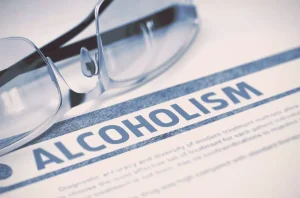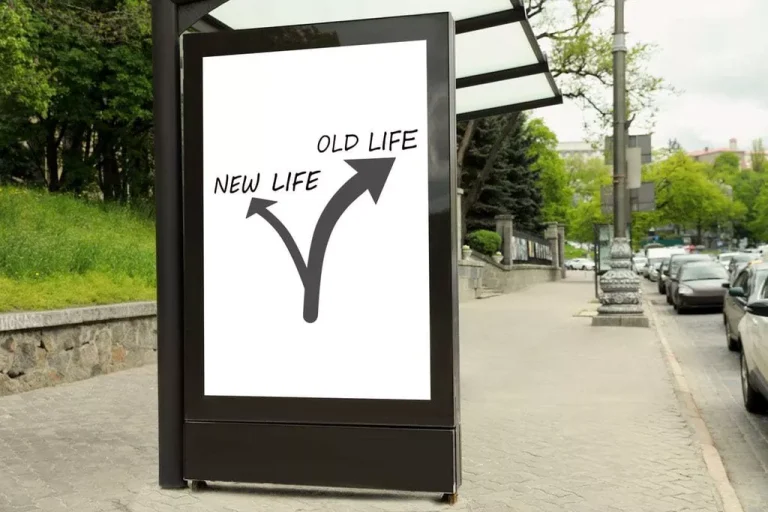
Journey to the local pizza shop with a hankering for greasy, cheesy goodness. And your fuzzy brain told itself eating was a good idea because food would soak up some of the alcohol. That, in turn, can lead to negative consequences such as getting too drunk or having a terrible hangover the next day. Luckily, we’ve asked one of our very own alcohol research experts, Andrew Misell, to bust some of the more common misconceptions around alcohol and give us the full picture. Over the past two decades, there has been a steady rise in AUDs among those ages 65 and older.
Myth #9: Drinking is not a real addiction like drug abuse
- According to the Missouri Department of Mental Health, alcohol causes the body’s internal temperature to drop.
- Experts say the order in which you drink them doesn’t really matter.
- If you are using drugs to fill a void in your life, you’re more at risk of crossing the line from casual drug use to drug abuse and addiction.
- Alcoholism doesn’t discriminate based on socioeconomic status.
- Being able to “hold your liquor” generally means you have a higher alcohol tolerance, which can be a sign that you’re drinking more.
It does contain a significant number of calories, however. The calories can produce an immediate source of energy which causes food that is normally used for energy production to be changed into fat and stored in the body for later use. The hospitals do not exclude people or treat them differently because of race, color, national origin, age, disability, ethnicity, gender, gender identity, sexual orientation or sex.
- Some people are able to use recreational or prescription drugs without experiencing negative effects, while others find that substance use takes a serious toll on their health and well-being.
- And this means they are more likely to have a problem—not less.
- But many believe the idea of larvae being added to mezcal simply comes down to marketing.
- If you go too long without drugs, you experience symptoms such as nausea, restlessness, insomnia, depression, sweating, shaking, and anxiety.
- A common myth around teens and young adults is that it’s more responsible to give minors alcoholic drinks with adult supervision.
Dual Diagnosis: Substance Abuse and Mental Health
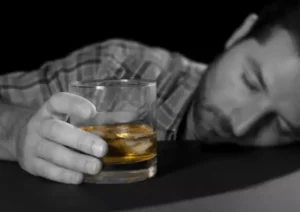
This is an easy assumption to make if you’re observing the often less-than-wise behavior that can result from knocking back a few too many. But an average night of drinking won’t lead to any long-term brain damage. This goes for beer, wine, rum, whiskey, gold tequila, and pretty much any drink with a darkish hue.
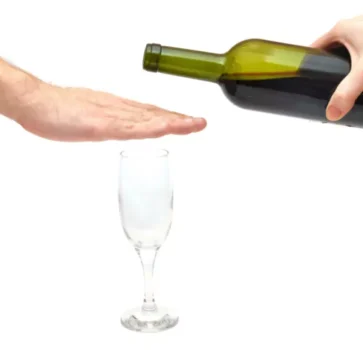
Myth: Drinking is always safe in moderation.
In fact, combining alcohol with pain relievers of any kind can do serious damage. Plus, alcohol’s effects on the liver and pancreas inhibits the transport of digestive enzymes and essential nutrients through the body. This slows muscle growth and repair and interferes with the metabolism of carbs for energy. Darker beers and wines generally have more antioxidants than light beer and white wine. The darker hues are thought to signify higher flavonoid content in beers and higher polyphenol content in wines.
- Even occasional binge drinking can increase your chances of long-term illnesses from alcohol, and can also raise your likelihood of developing alcohol use disorder further down the line.
- People often try drugs for the first time in social situations with friends and acquaintances.
- While many studies have suggested that a moderate amount of alcohol has health benefits, much of that research has been called into question.
Warning signs of teen drug abuse
- You may think that drinking problems have to start early in life.
- Twenty-four percent of Americans report binge drinking, which is five or more standard drinks for men (four or more for women) on one occasion.
- Diabetes was recently named “a defining disease of the 21st century” by the medical journal The Lancet.In the United States, …
As they sober up and their thinking clears, many formerly resistant addicts decide they want to change. Prolonged exposure to drugs alters the brain in ways that result in powerful cravings and a compulsion to use. These brain changes make it extremely difficult to quit by sheer force of will. While hitting rock bottom can be a catalyst for change, it’s not a prerequisite for recovery. It’s essential to remember that it’s never too early to seek support. Those who try to correct this simplistic view are disparaged as pawns of the industry, even when no financial conflicts of interest exist.
For decades, studies indicate more young folks aren’t drinking or waiting for their first drink. The 2016 National Drug Strategy Household Survey revealed that 82% of year-olds avoided alcohol. Some folks think of light beer as healthier because it tends to contain fewer calories and a slightly lower 14 myths about alcohol alcohol content. But those qualities don’t necessarily make it a healthier choice. Lots of misinformation exists about alcohol and the impact it can have on your health. The bottom line is that if you choose to drink, please enjoy in moderation to avoid potential negative health consequences.
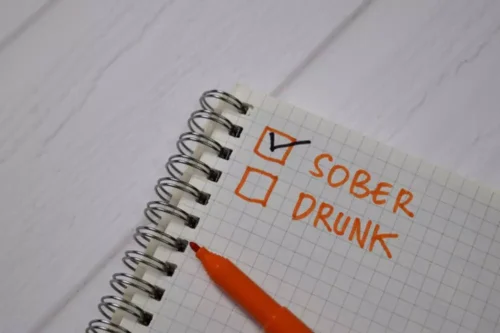
You Truly Have To Respect Someone Who Doesn’t Get Drunk
